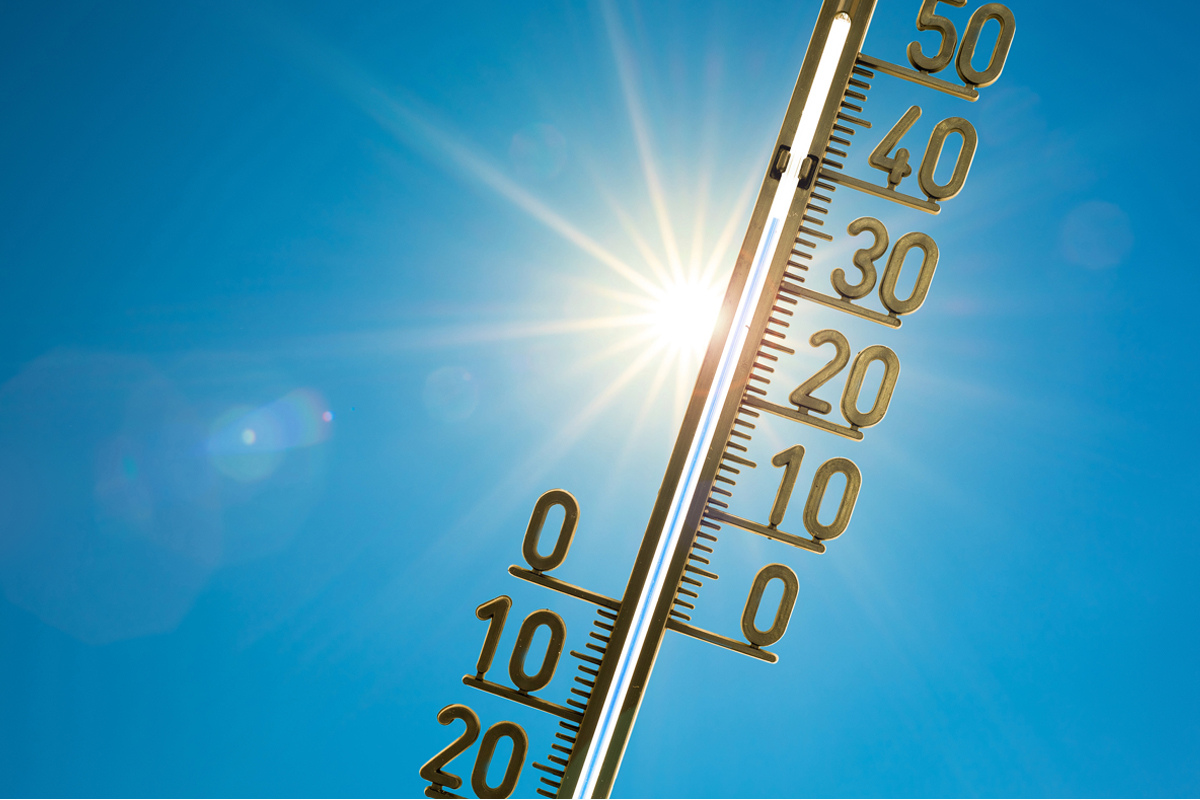As the city continues to face a dry spell with little hope of rainfall, climate change and global warming are being cited as the major reasons behind the drastic change in the weather, since it’s a rare case when Kolkata goes without rainfall for half of May and almost the entire June.
The city has been experiencing longer summers and more intense heat waves, causing extremely uncomfortable weather with no hope of respite.
Advertisement
“Climate change is an evident reason for the rise in temperature. It is a reality now. The average temperature has increased and it is becoming obvious that it will keep on increasing,” said Mr Ganesh Das, a scientist at the Regional Meteorological Centre of Kolkata. He added that it is not just in Kolkata, but all over India, the difference between maximum and minimum temperatures, is decreasing ~ which implies minimum temperature is increasing but the maximum temperature remains almost unchanged. Moreover, night-time temperatures have been on a rise. Apart from climate change, there are many man-made reasons leading to the uncomfortable weather. Some very evident reasons being the wide-spread use of coolers, airconditioners, and increasing pollution.
“It is difficult to step out during the day time. The scorching heat and humidity makes it difficult to get any work done if it requires us to step out of office,” said Rashi Upadhyay who works at a private organisation.
In this context, Mr Das said, “These appliances are adding to the rise in temperature, but reduction in greenery is another cause for the same.”
Cyclone Fani, which caused major destruction in parts of Odisha, was supposed to have hit Kolkata as well, with lesser intensity, but instead it was reduced to heavy rains and gusty winds. The reasons cited for this, was that there has been an increase in sea surface temperature which contributes majorly to changing of intensity of cyclones. The higher the sea surface temperature, the lesser the risk of cyclones. On being asked about the biggest impact of climate change, Mr Das stated, “The days of monsoon will decrease, in turn leading to increase in the intensity of showers.”
He added that this in turn will lead to excessive water-logging issues and possibly civic bodies might not be ready to deal with such heavy rainfall all at once. It is possible that the amount of rain expected in 20 days will fall in a time span of 10 days only.
“In simple terms, the intensity of light rain is decreasing and the intensity of moderate to heavy rain is increasing,” added Mr Das, explaining the change in the patterns of rainfall. This pattern is mainly visible in big cities like Kolkata, he said.
Kolkata has seen a few scattered rain spells which have hardly helped to provide respite to the people. This has led to an increase in humidity, causing uncomfortable weather.
In relation to this Ganesh Das, scientist, Regional Meteorological Centre said:
- it’s rare that Kolkata goes without rainfall for half of May and almost the entire June
- The city has been experiencing longer summers and more intense heat waves
- It is predicted that the number of days of the monsoon will decrease, leading to increase in the intensity of rain showers.
Climate change is an evident reason for the rise in temperature. It is a reality now. The average temperature has increased and it is becoming obvious that it will keep on increasing.











